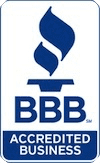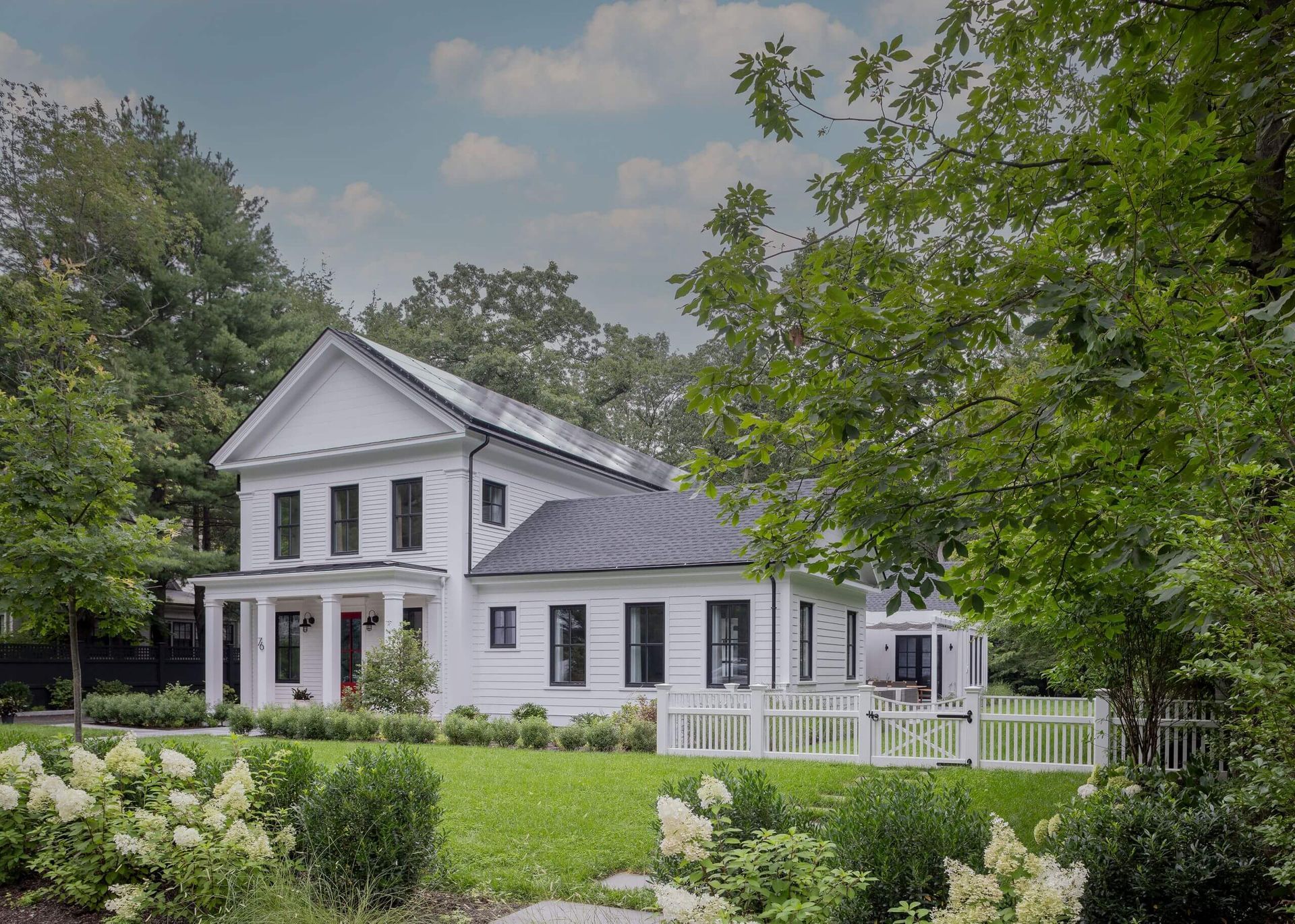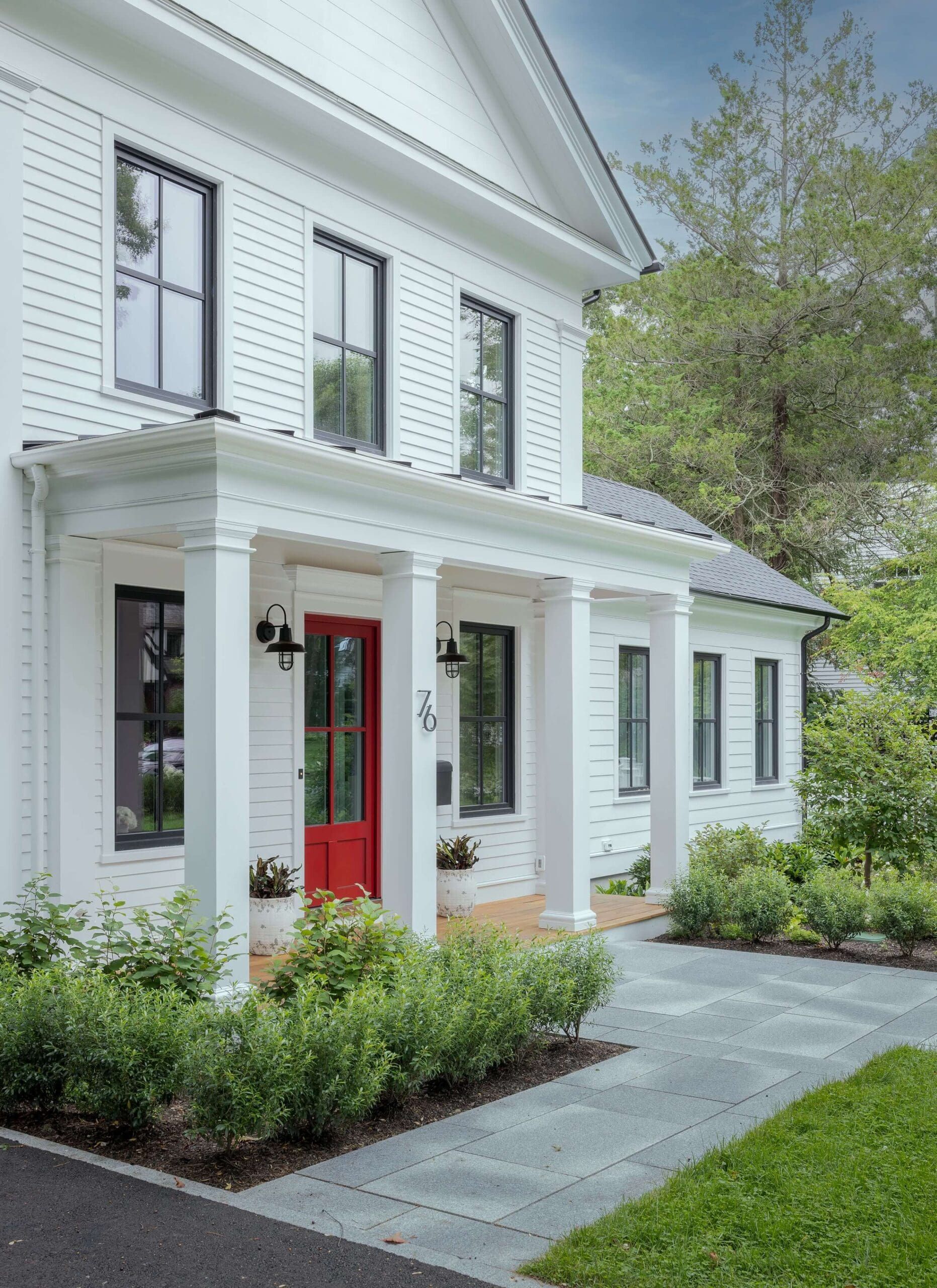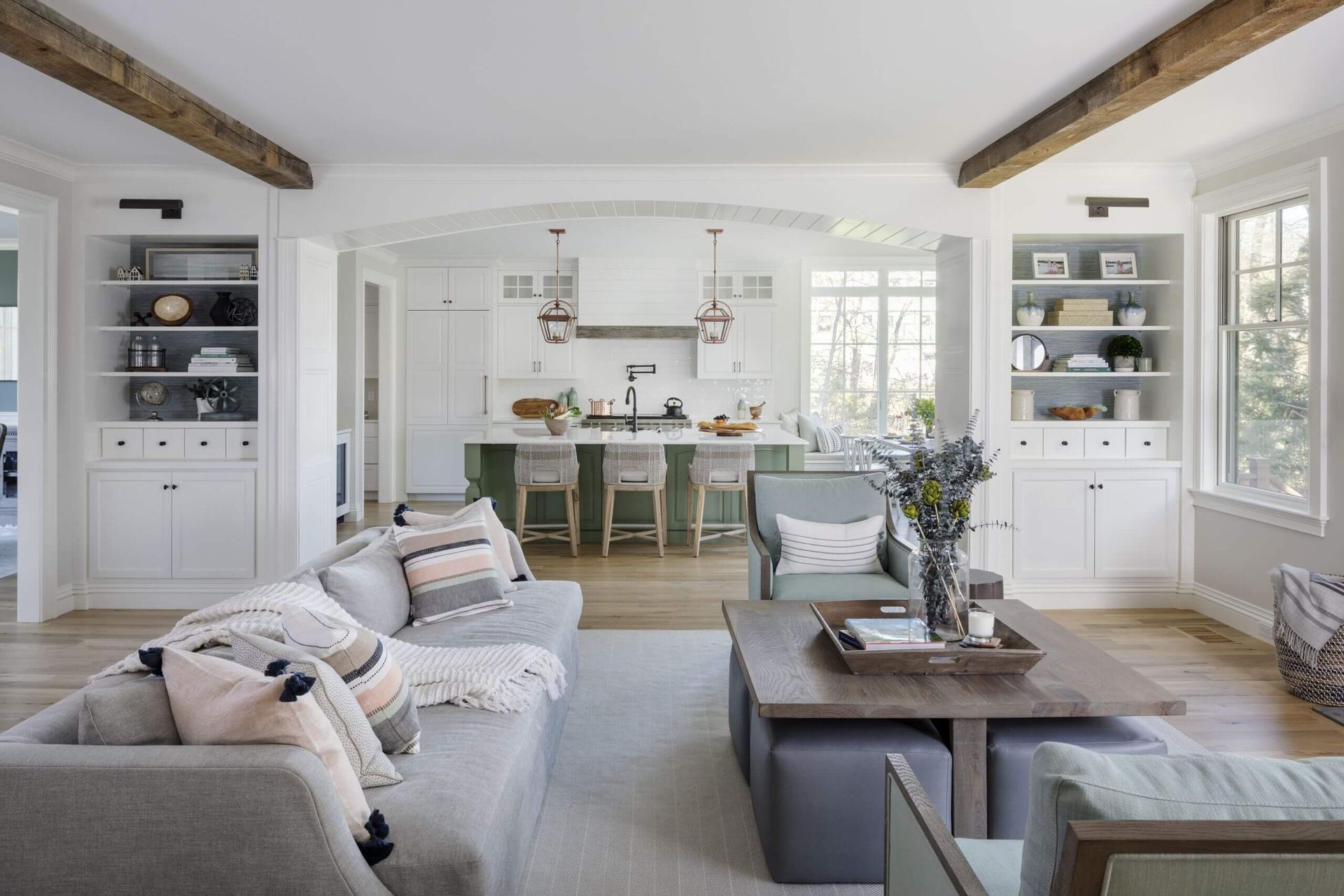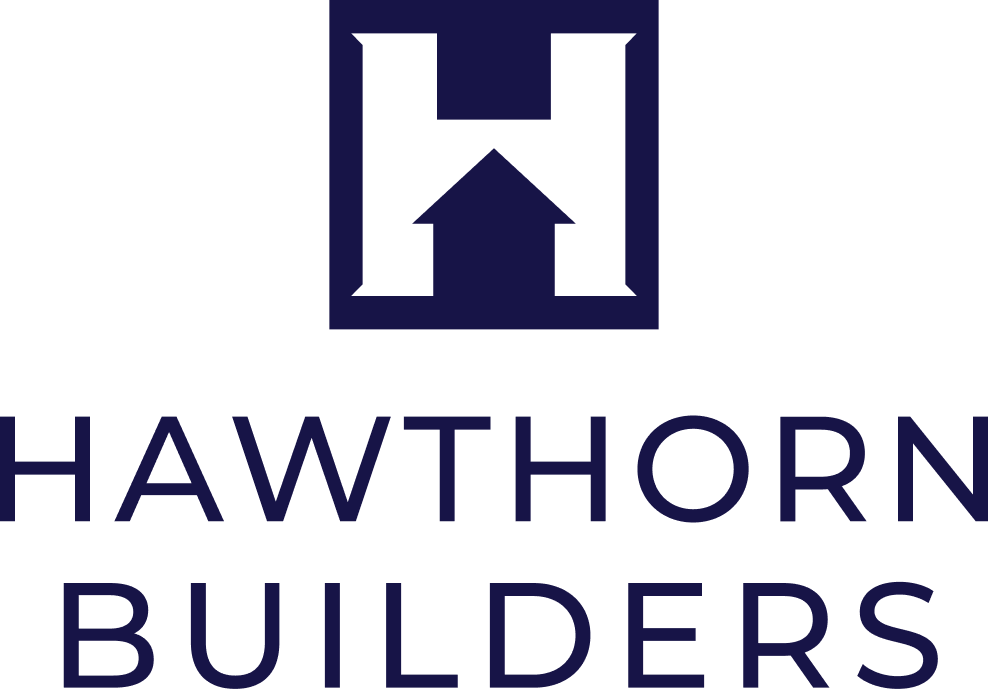Solar Panels
Solar panels, also known as photovoltaic (PV) panels, convert sunlight directly into electricity using semiconductor materials. These panels are typically installed on rooftops or other sunny areas to capture solar energy throughout the day. The energy harnessed by solar panels can power household appliances, lighting, and even heating systems, contributing significantly to the home's overall energy supply.
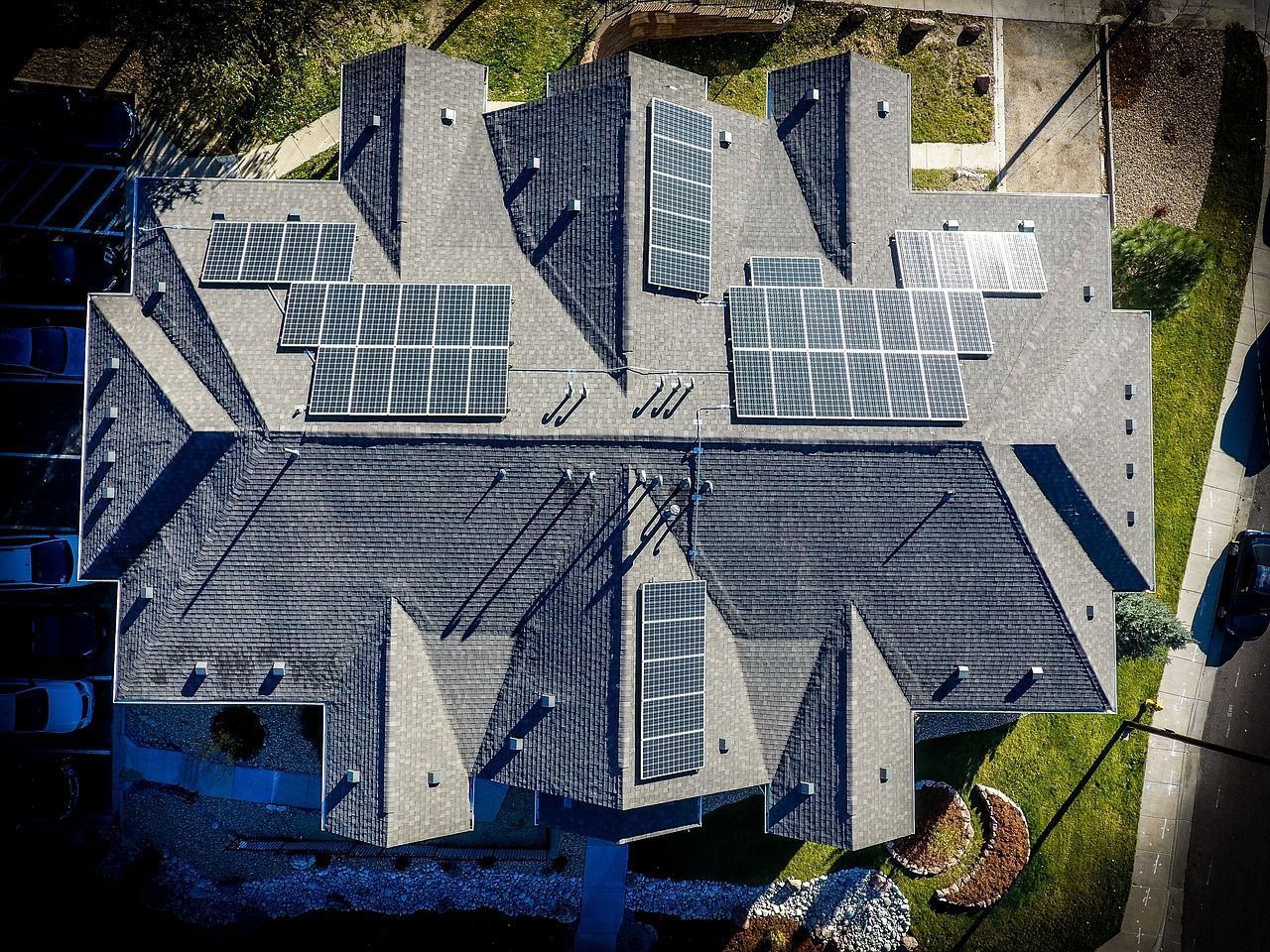
Benefits
Environmental Impact: Solar panels reduce greenhouse gas emissions by decreasing reliance on fossil fuels. By generating clean, renewable energy, they help mitigate climate change and reduce air pollution.
Financial Savings: Homeowners can significantly lower their electricity bills by generating their own power. Additionally, many regions offer tax incentives, rebates, and credits for solar panel installation, further enhancing financial savings.
Increased Property Value: Homes equipped with solar panels typically have higher property values and are more attractive to buyers. Studies show that solar installations can increase a home's resale value by up to 4.1%.
Energy Independence: Solar panels provide homeowners with greater control over their energy production and consumption, reducing dependence on utility companies and insulating against rising energy costs.
Energy-Efficient Appliances
Energy-efficient appliances are designed to use less electricity or water while maintaining or improving performance compared to standard appliances. These include refrigerators, washing machines, dishwashers, and HVAC systems, which often carry the ENERGY STAR label, indicating they meet stringent efficiency criteria set by the U.S. Environmental Protection Agency.
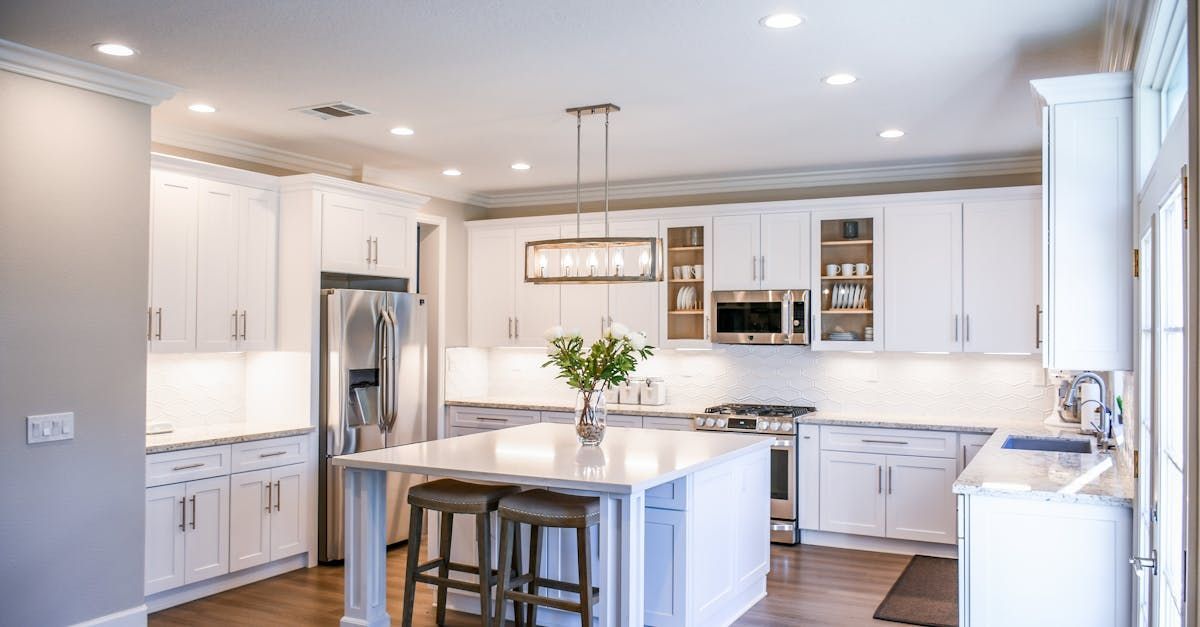
Benefits
Environmental Impact: Using energy-efficient appliances reduces the overall demand for electricity, leading to lower carbon dioxide emissions and a reduced ecological footprint. This helps combat climate change and promotes a cleaner environment.
Financial Savings: Although energy-efficient appliances may have a higher upfront cost, they save money over time through reduced utility bills. These savings can be substantial, with some appliances cutting energy use by up to 50% compared to non-efficient models.
Enhanced Performance: Modern energy-efficient appliances often come with advanced features that improve functionality and convenience. For example, energy-efficient washing machines may offer faster wash cycles and larger load capacities while using less water and energy.
Health Benefits:
Improved air quality is another benefit, as energy-efficient HVAC systems better regulate indoor temperatures and reduce the presence of allergens and pollutants. Additionally, energy-efficient appliances often produce less noise and heat, contributing to a more comfortable living environment.
LED Lighting
LED (Light Emitting Diode) lighting is a highly efficient lighting technology that uses a semiconductor to emit light when an electric current passes through it. LED lights are available in various forms, including bulbs, strips, and fixtures, and are used for both indoor and outdoor lighting applications.
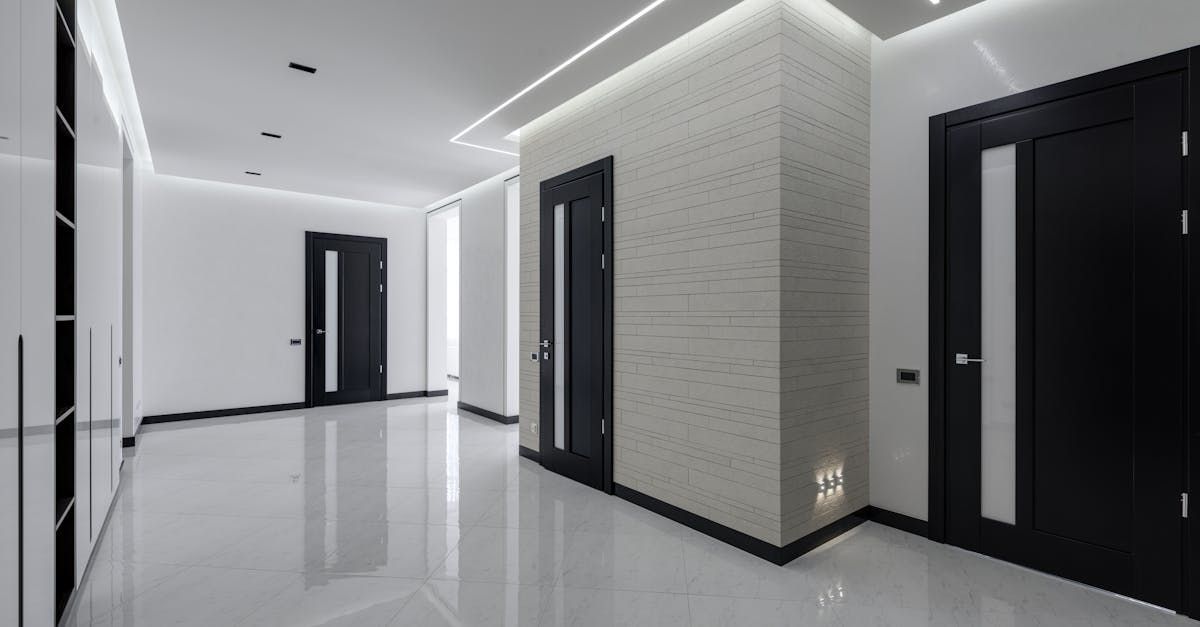
Benefits
Energy Efficiency: LED lights consume up to 90% less power than incandescent bulbs and about 50% less than CFLs (Compact Fluorescent Lights). This substantial reduction in energy use translates to lower electricity bills.
Longevity: LEDs have an exceptionally long lifespan, often lasting up to 25,000 hours or more. This reduces the frequency and cost of replacements, making them a cost-effective lighting solution over time.
Environmental Impact: LEDs are environmentally friendly as they contain no mercury, unlike CFLs, and their reduced energy consumption decreases greenhouse gas emissions. Additionally, their durability means fewer waste products are generated from frequent replacements.
Versatility and Aesthetics:
Available in a variety of colors and designs, LED lights offer flexible and aesthetically pleasing lighting options. They can be used to create mood lighting, highlight architectural features, and enhance overall home décor.
Smart Home Technology
Smart home technology refers to a suite of devices, systems, and applications that connect to the internet and can be controlled remotely via smartphones, tablets, or voice commands. These technologies include smart thermostats, lighting systems, security cameras, and home assistants like Amazon Alexa or Google Home.
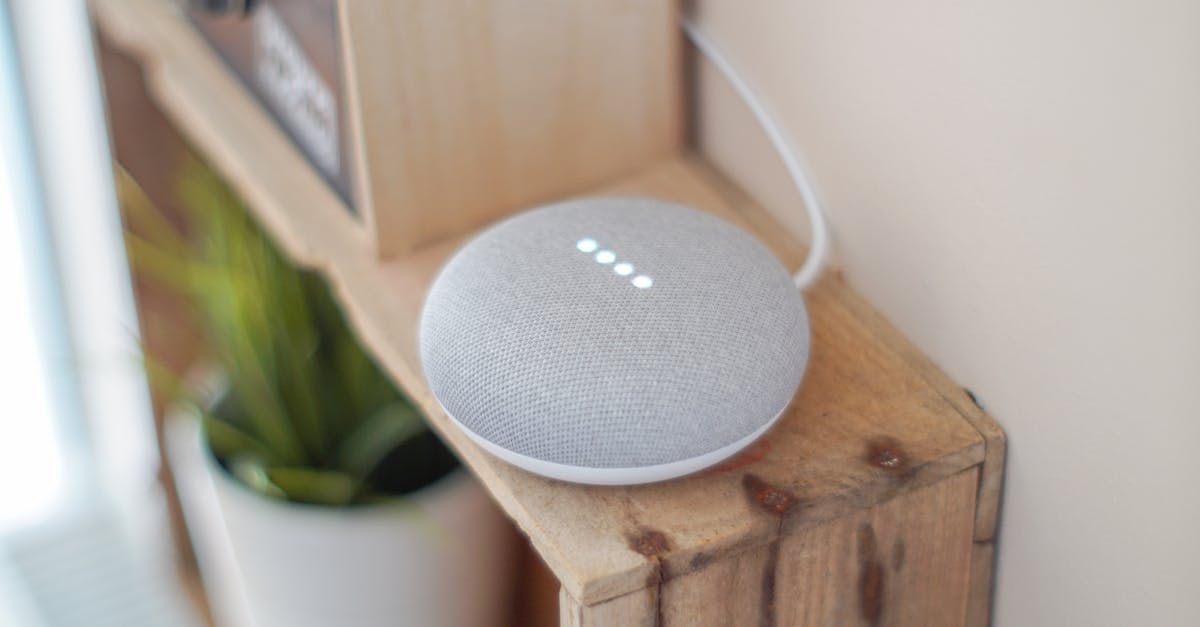
Benefits
Energy Efficiency: Smart thermostats can learn household patterns and adjust heating and cooling for optimal energy use, reducing utility bills. Similarly, smart lighting systems can be programmed to turn off when not in use, further saving energy.
Convenience and Control: Homeowners can control various aspects of their home environment remotely, from adjusting the thermostat and lighting to monitoring security systems. This flexibility enhances daily living convenience and security.
Enhanced Security: Smart home security systems offer real-time monitoring, alerts, and remote access, providing greater peace of mind and protection against intrusions and emergencies.
Customization and Integration:
Smart home devices can be integrated to work together seamlessly, offering personalized settings and automations that improve comfort, efficiency, and overall living experience.
Insulation
Insulation involves materials installed in walls, roofs, and floors to reduce heat transfer, keeping homes warmer in winter and cooler in summer. Common insulation materials include fiberglass, foam, cellulose, and reflective barriers.

Benefits
Energy Savings: Proper insulation significantly reduces the need for heating and cooling, which can account for a large portion of a home's energy use. This leads to lower energy bills and reduced carbon footprint.
Improved Comfort: Insulation helps maintain a consistent indoor temperature, preventing drafts and cold spots, and enhancing overall living comfort.
Soundproofing: Insulated walls and floors provide sound dampening, reducing noise pollution from outside and between rooms, thus creating a quieter, more peaceful indoor environment.
Moisture Control: Insulation can help control moisture levels within the home, preventing mold growth and protecting structural integrity, which in turn contributes to a healthier living space.
High-Efficiency Windows
High-efficiency windows are designed with multiple panes of glass, low-emissivity (low-e) coatings, and inert gas fills between panes to reduce heat transfer. They are often referred to as energy-efficient or insulated windows.

Benefits
Energy Savings: High-efficiency windows can reduce heat loss by up to 30%, significantly lowering heating and cooling costs. This makes homes more energy-efficient and reduces the overall environmental footprint.
Improved Comfort: These windows minimize drafts and cold spots, maintaining a consistent indoor temperature and enhancing comfort. They also provide better insulation against external noise, creating a quieter indoor environment.
UV Protection: Low-e coatings block up to 70% of ultraviolet rays, protecting furniture and flooring from fading. This helps maintain the quality and longevity of interior furnishings.
Noise Reduction:
Multiple panes and gas fills provide better sound insulation, reducing external noise by up to 50% compared to single-pane windows. This contributes to a more peaceful and serene living space.
Electric Vehicle Charging Station
An electric vehicle (EV) charging station provides a convenient way to recharge electric cars at home. These stations can be installed in garages or driveways and come in various levels of charging speeds.
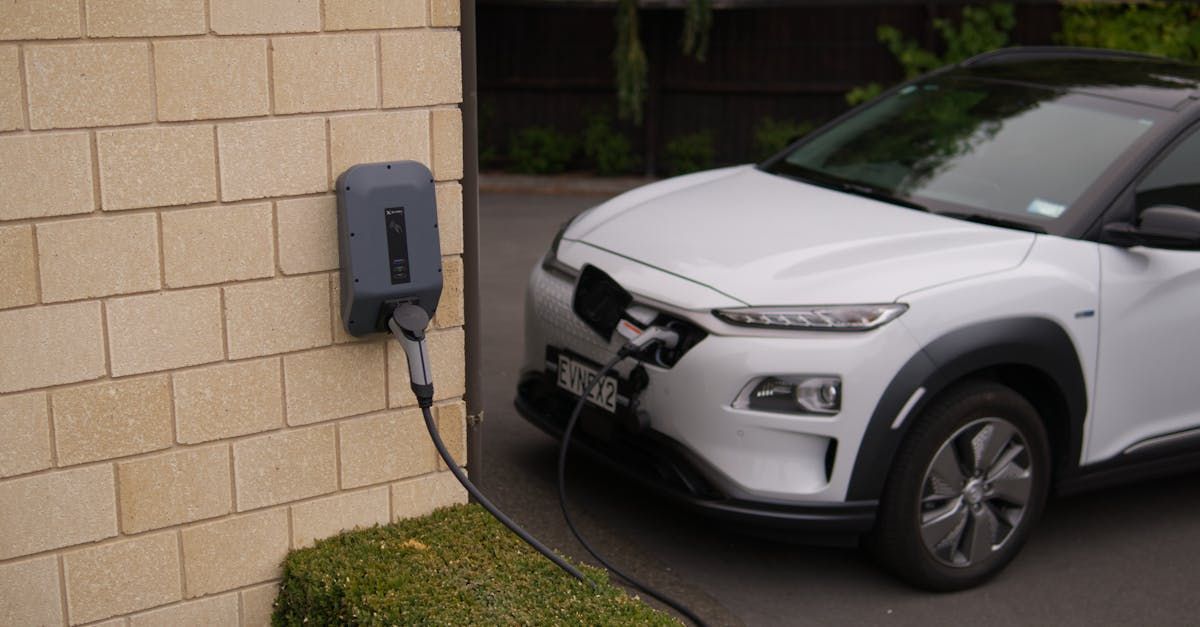
Benefits
Convenience: Home EV chargers offer the ease of charging vehicles overnight, ensuring they are ready for use every morning. This eliminates the need to visit public charging stations frequently, saving time and effort.
Cost Savings: Charging an electric vehicle at home can be significantly cheaper than refueling a gasoline car. On average, EV owners can save about $800 to $1,000 annually on fuel costs, reducing overall transportation expenses.
Environmental Impact: Using an EV reduces greenhouse gas emissions. A single EV can save about 1.5 million grams of CO2 annually compared to a gasoline vehicle, contributing to cleaner air and a healthier planet.
Property Value:
Homes with installed EV chargers are more attractive to potential buyers, especially as the market for electric vehicles grows. This can increase the resale value of the property.
Green Roof
A green roof is a flat or slightly-sloped roof covered with vegetation, soil, and a waterproofing membrane. Green roofs typically including a growing medium and irrigation systems to support the plants. It provides numerous environmental and economic benefits while adding aesthetic value to buildings.

Benefits
Energy Efficiency: Green roofs can reduce energy demand for heating by up to 25% in winter and cooling by up to 75% in summer. This helps in significantly lowering energy bills and enhancing overall energy efficiency.
Stormwater Management: They absorb rainwater, reducing runoff and decreasing the load on urban drainage systems by up to 50%. This helps in mitigating the risk of flooding and controlling erosion.
Air Quality: Green roofs help filter pollutants and CO2 out of the air, contributing to improved air quality. This leads to a healthier living environment both inside and outside the home.
Aesthetic Appeal:
These roofs enhance the visual appeal of buildings and can provide recreational spaces in urban environments. They also support biodiversity by providing habitats for various plant species.
Rainwater Harvesting System
A rainwater harvesting system collects and stores rainwater from rooftops for non-potable uses such as irrigation, toilet flushing, and washing.

Benefits
Water Conservation: Harvesting rainwater can reduce household water consumption by up to 50%, lowering water bills. This helps in conserving valuable water resources, especially in areas prone to drought.
Reduced Runoff: By capturing rainwater, these systems reduce stormwater runoff, mitigating the risk of flooding and soil erosion. This also helps in replenishing groundwater levels.
Sustainability: Rainwater harvesting promotes sustainable water management practices and reduces reliance on municipal water supplies. It is an effective way to utilize natural resources efficiently.
Independence:
It provides a backup water supply during droughts or water restrictions. This ensures that households have access to water even during times of scarcity.
Sustainable Building Materials
Sustainable building materials are those that are produced, used, and disposed of in ways that minimize their impact on the environment. These materials often include reclaimed wood, bamboo, recycled metal, and low-impact concrete, all of which are chosen for their durability, renewability, and low environmental footprint.
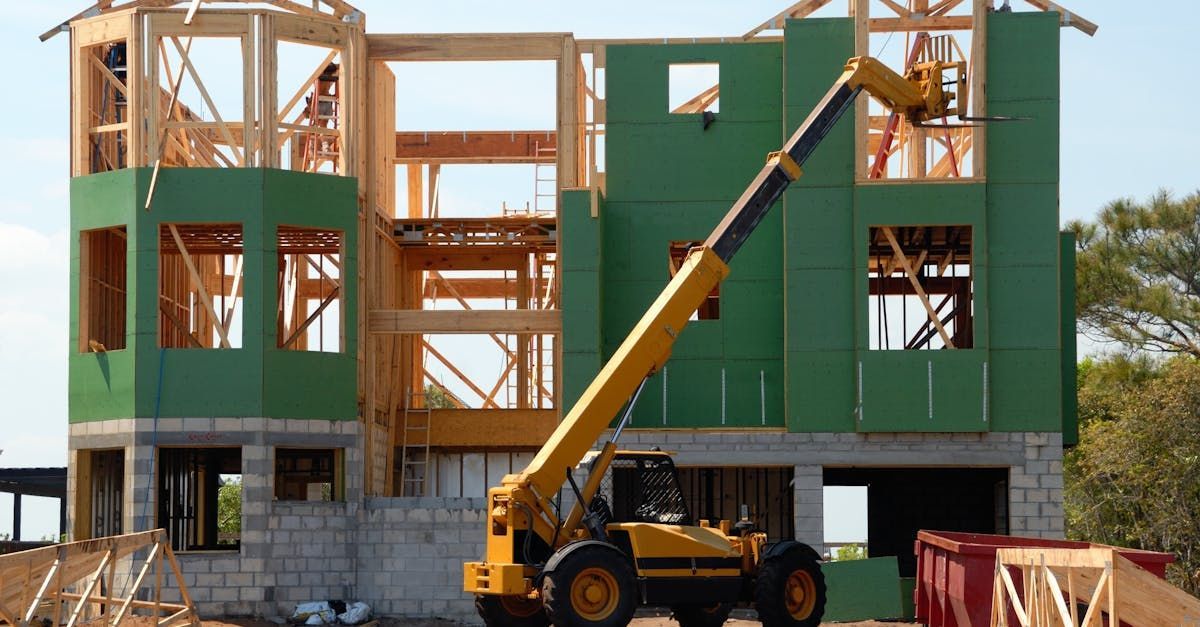
Benefits
Environmental Impact: Using sustainable materials can reduce a building's carbon footprint by up to 30%. These materials are often produced using processes that require less energy and water, leading to fewer greenhouse gas emissions and less pollution. For example, reclaimed wood saves trees from being cut down and reduces the energy required for processing new lumber.
Resource Efficiency: Sustainable materials often make use of recycled or renewable resources, reducing the need for virgin materials. Bamboo, for instance, grows much faster than traditional hardwoods and can be harvested sustainably without causing deforestation. This efficient use of resources helps conserve natural habitats and biodiversity.
Durability: Many sustainable materials, such as recycled metal and certain types of engineered wood, are designed to be long-lasting and require less maintenance. This durability translates to lower long-term costs for repairs and replacements, making these materials economically viable over the lifespan of a building.
Health Benefits:
Sustainable materials often contain fewer harmful chemicals, reducing indoor air pollution. For example, low-VOC (volatile organic compounds) paints and finishes improve indoor air quality, contributing to healthier living environments for occupants.
Low-Flow Water Fixtures
Low-flow water fixtures are plumbing devices designed to use less water while maintaining high performance. These include faucets, showerheads, and toilets that have been engineered to reduce water flow without compromising functionality.

Benefits
Water Savings: Low-flow fixtures can reduce water use by up to 60%, saving an average household over 13,000 gallons of water per year. This significant reduction in water consumption helps conserve local water supplies and is especially valuable in areas prone to drought.
Cost Savings: By using less water, low-flow fixtures also reduce the amount of energy needed to heat water. This dual saving on water and energy translates to lower utility bills. Over time, these savings can offset the initial cost of installing low-flow devices, making them a cost-effective choice for homeowners.
Environmental Impact: Conserving water reduces the strain on municipal water treatment facilities, which in turn lowers energy consumption and greenhouse gas emissions associated with water treatment and distribution.
Improved Efficiency:
Modern low-flow fixtures incorporate advanced technologies that maintain high water pressure and performance. For example, aerators in faucets mix air with water to create a strong flow while using less water, ensuring that efficiency does not come at the cost of user experience.
Indoor Air Quality Systems
Indoor air quality systems encompass a range of devices and technologies designed to improve the air inside buildings. These systems include air purifiers, ventilators, and humidifiers that work together to filter out pollutants, regulate humidity, and ensure a constant supply of fresh air.

Benefits
Health Benefits: Indoor air quality systems reduce the concentration of pollutants, allergens, and toxins, which can alleviate respiratory issues and improve overall health. Clean air is crucial for preventing conditions such as asthma and allergies, and it supports overall well-being by reducing exposure to harmful substances.
Comfort: These systems help maintain optimal humidity levels and ensure adequate ventilation, which enhances comfort. Proper humidity levels prevent dryness that can irritate the skin and respiratory system, while good ventilation removes stale air and odors, creating a more pleasant indoor environment.
Energy Efficiency: Modern indoor air quality systems are designed to be energy-efficient, maintaining air quality without significantly increasing energy consumption. By using smart technology and energy-efficient components, these systems ensure that air quality is maintained cost-effectively.
Productivity: Studies have shown that better indoor air quality can improve cognitive function and productivity. In both home and work environments, cleaner air can lead to better concentration, reduced fatigue, and overall enhanced performance.
Natural Ventilation
Natural ventilation uses architectural design features such as operable windows, vents, and strategically placed openings to enhance airflow within a building. This approach reduces the need for mechanical cooling systems and promotes a healthier indoor environment.

Benefits
Energy Savings: Natural ventilation can reduce cooling energy costs by up to 50% during mild weather conditions. By leveraging natural airflows, buildings can maintain comfortable temperatures without relying heavily on air conditioning, thus lowering energy consumption and utility bills.
Improved Air Quality: Promoting air circulation helps remove indoor pollutants and brings in fresh air, leading to a healthier indoor environment. Continuous fresh air intake dilutes indoor contaminants, reducing the risk of respiratory problems and enhancing overall well-being.
Comfort: Enhanced airflow from natural ventilation contributes to a more comfortable indoor environment by regulating temperature and humidity levels. This method provides a natural cooling effect, which can be particularly beneficial during hot weather, reducing reliance on mechanical systems.
Sustainability:
Utilizing natural resources for ventilation promotes sustainable living practices by minimizing energy use and reducing greenhouse gas emissions associated with mechanical cooling.
Passive Solar Design
Passive solar design involves architectural strategies that maximize the use of natural sunlight for heating and lighting. This approach includes the strategic placement of windows, the use of thermal mass, and the incorporation of shading devices to regulate indoor temperatures naturally.

Benefits
Energy Efficiency: Properly designed passive solar homes can save up to 40% on heating and cooling costs. By harnessing the sun’s energy, these homes reduce the need for artificial heating and cooling, leading to significant energy savings and lower utility bills.
Comfort: Passive solar design ensures a consistent and comfortable indoor temperature by capturing and storing solar energy during the day and releasing it at night. This natural temperature regulation enhances indoor comfort and creates a pleasant living environment.
Environmental Impact: Reducing the need for artificial heating and lighting lowers greenhouse gas emissions and reliance on fossil fuels. This approach promotes environmental sustainability by decreasing the home's carbon footprint and conserving natural resources.
Aesthetics:
Passive solar design often incorporates large windows and open spaces, enhancing the aesthetic appeal of the home. These features not only provide better natural lighting but also create a connection with the outdoors, making the living space more enjoyable and visually appealing.
Composting System
A composting system processes organic waste such as food scraps and yard waste into nutrient-rich compost. This system can be set up in a backyard or a designated area of the home to manage organic waste sustainably.

Benefits
Waste Reduction: Composting can divert up to 30% of household waste from landfills, reducing landfill use and methane emissions. By recycling organic waste, composting decreases the environmental impact of waste disposal and contributes to a more sustainable waste management system.
Soil Health: Compost enriches soil, improves its structure, and promotes healthy plant growth by adding essential nutrients. The resulting compost can be used in gardens to enhance soil fertility, leading to healthier plants and more productive gardens.
Cost Savings: Composting at home provides a free source of nutrient-rich soil amendment, cutting down on the costs associated with purchasing commercial fertilizers.
Environmental Impact:
Composting decreases the carbon footprint by recycling organic waste and reducing the use of chemical fertilizers. It supports a circular economy by turning waste into a valuable resource and reducing greenhouse gas emissions from landfills.
Permeable Pavement
Permeable pavement is a type of surface that allows water to pass through it, reducing runoff and improving groundwater recharge. It consists of porous materials such as pervious concrete, permeable pavers, or porous asphalt, designed to let water infiltrate through the surface and into the ground below.

Benefits
Stormwater Management: Permeable pavement can reduce stormwater runoff by up to 80%, decreasing the risk of flooding and erosion. By allowing water to soak into the ground, this system helps manage urban stormwater effectively and reduces the burden on drainage systems.
Water Quality: By filtering stormwater, permeable pavement helps reduce pollutants entering the surrounding soil and local water bodies. The filtration process removes contaminants such as oils, heavy metals, and sediments, supporting healthier local ecosystems.
Durability: These surfaces are durable and low-maintenance, often lasting longer than traditional asphalt or concrete. Permeable pavements can withstand heavy traffic and adverse weather conditions, reducing the need for frequent repairs and replacements.
Heat Reduction: Permeable pavement helps mitigate the urban heat island effect. Traditional pavements absorb and retain heat, while permeable pavements allow water to flow through and evaporate, which cools the surface and reduces surface temperatures.

-
5★★★★★
Hawthorn Builders has been recognized for both design and service in the annual Best of Houzz awards for the top-rated home pros in the design-build category. Houzz features a "design build firms near me" tool for users to search for experts in their area.

-
Named a second time to the Best of Boston Home awards, Boston Magazine's list of winners based on their annual survey to subscribers in the Boston Area, Hawthorn Builders was the top selection in the Design/Build, West category.

-
Boston Magazine subscribers named Hawthorn Builders to the Best of Boston Home list for the Custom Home Design/Build, West category.
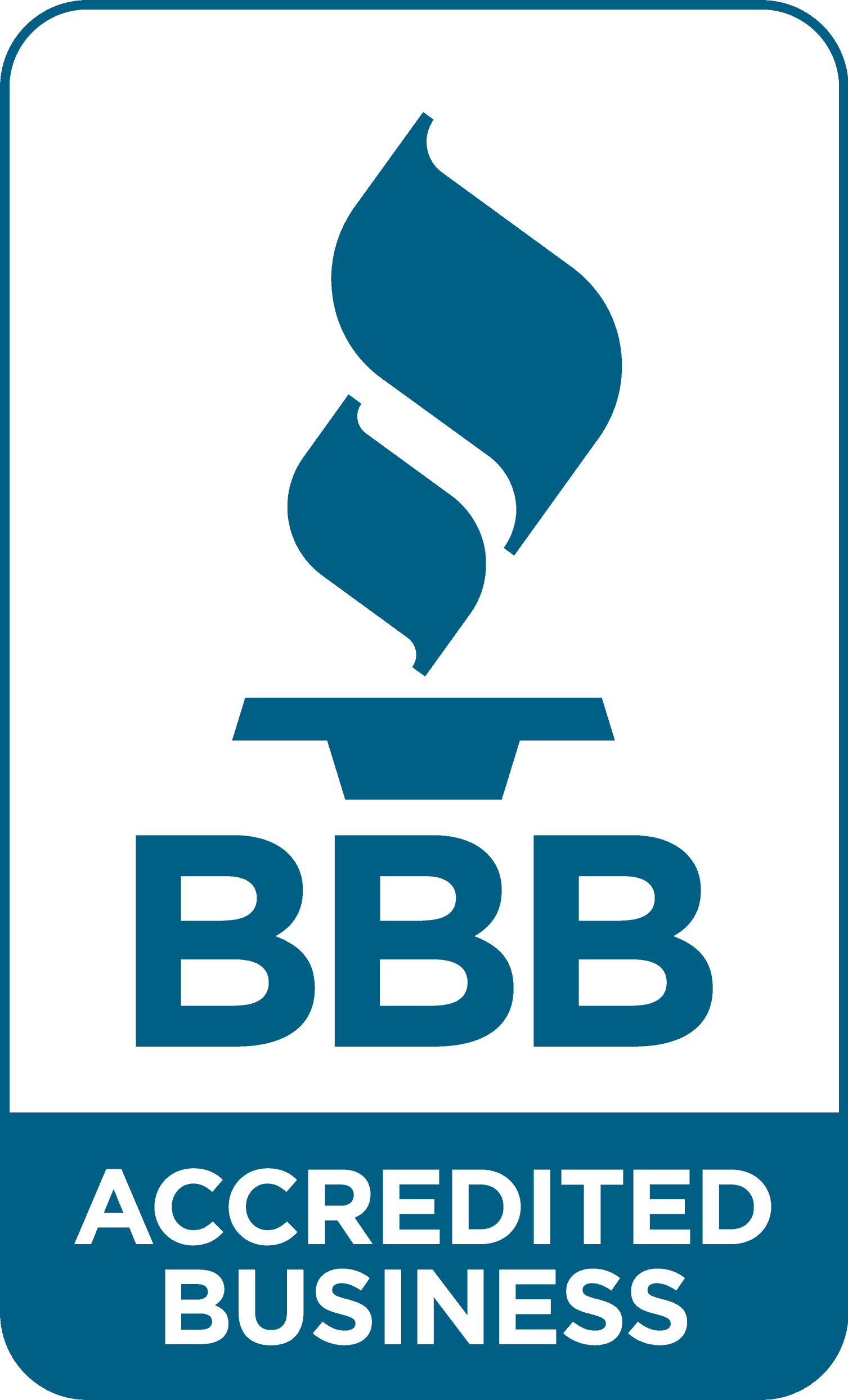
-
Accredited since May of 2018, Hawthorn Builders boasts a BBB Rating & Accreditation of A+

-
Hawthorn Builders, renowned for their green energy building design and construction methods, holds a coveted certification from Phius (Passive House Institute US). Phius Certified Builders are construction professionals trained to meet the challenges of building to the rigorous Phius passive building standard. Phius certifies the most passive house projects and builders in North America who put passive at the forefront of the zero-energy movement.
An Award-Winning Custom Home Builder
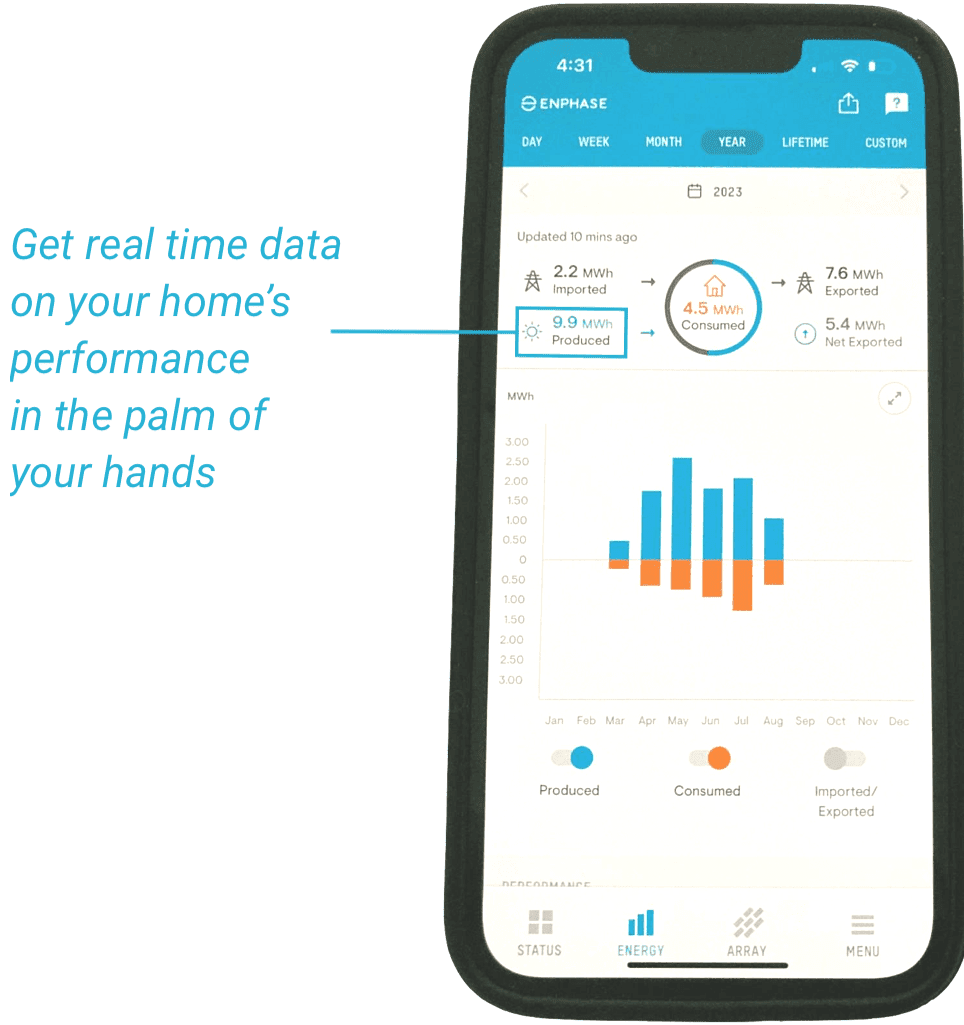
Call to learn how we can help you
build a high-performance, energy efficient, healthy home

Download our FREE guide on
how to build a high-performance green home
Sustainable building with your
physical and mental health at the forefront
We had a wonderful experience with Hawthorn! From the beginning they were professional, organized, and communicative. The end result is amazing and we are happy in our new home. We actually miss the building process because we had so much fun working with the Hawthorn team!
Our satisfied clients
Call us and we'll be in touch within 24 hrs
All Rights Reserved | Hawthorn Builders




